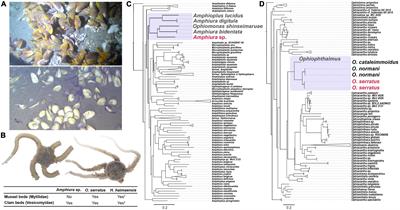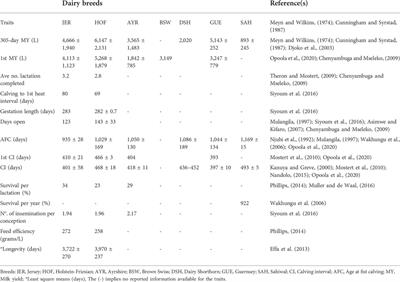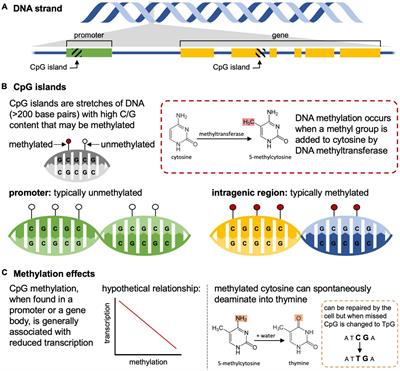EDITORIAL
Published on 02 May 2023
Editorial: Population genomics and adaptation to novel environments: challenges and opportunities
doi 10.3389/fevo.2023.1190218
- 1,725 views
5,884
Total downloads
54k
Total views and downloads
EDITORIAL
Published on 02 May 2023
ORIGINAL RESEARCH
Published on 26 Jan 2023

ORIGINAL RESEARCH
Published on 17 Jan 2023

ORIGINAL RESEARCH
Published on 23 Nov 2022

SYSTEMATIC REVIEW
Published on 28 Oct 2022

REVIEW
Published on 11 Apr 2022

